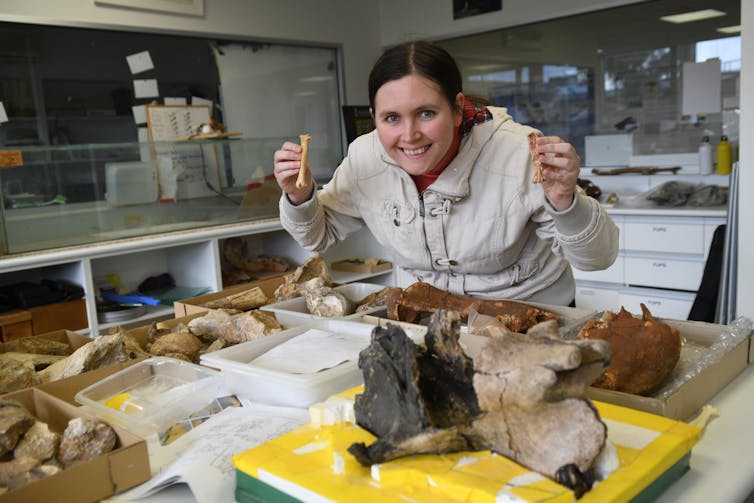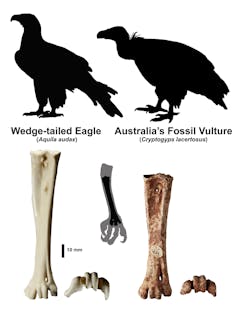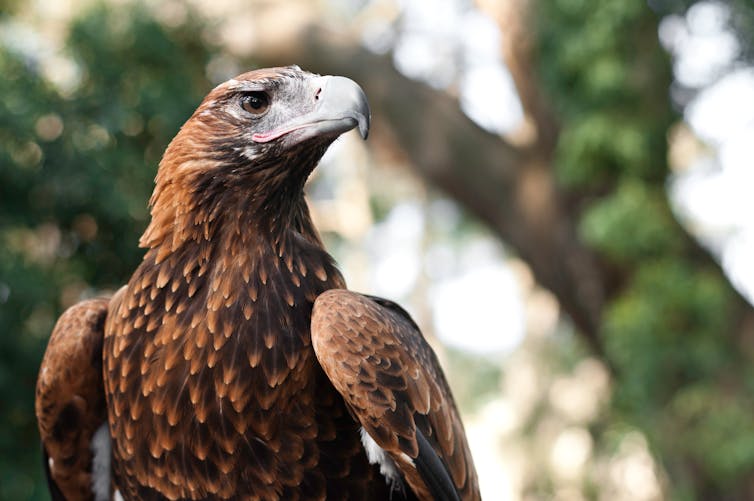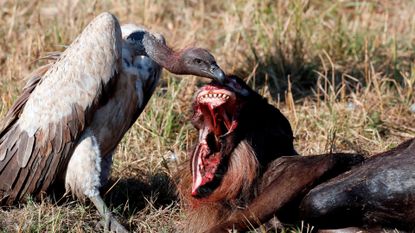Like people, vultures get set in their ways and have fewer friends as they age
Older birds tend to have more selective friendships with stronger bonds and may know better where to find food
University of California - Los Angeles
Key takeaways
- Young griffon vultures move frequently between sleeping sites in different locations, interacting with many friends.
- They get set in their ways as they age and roost in the same spots with the same individuals; older vultures follow the same paths.
- Roosts act as information hubs; older vultures may have a more thorough knowledge of where to find food resources and less need to learn about them from other vultures.
If you’d rather be watching TV on your couch than dancing at the club, you might have something in common with aging griffon vultures. New research shows that young griffon vultures move frequently between sleeping sites in different locations and interact with many friends but get set in their ways as they age, roosting in the same spots with the same individuals. As moving between roosts becomes a grind, older vultures follow the same path, establishing movement routines, that are not seen in young vultures.
Younger vultures shy away from the most popular roosts, suggesting they might be intimidated by the older ones or that there’s a vulture equivalent of “Hey you kids, get off my lawn.”
The research, published in Proceedings of the National Academy of Sciences, shows that like many people, older vultures tend to have fewer, more selective friendships with stronger bonds. They may also have a more thorough knowledge of where to find food resources.
Eurasian griffon vultures, or Gyps fulvus, are large vultures that live in the Mediterranean, the Middle East and India. With wingspans up to 9 feet, they’re much larger than North American turkey vultures and bigger than bald eagles.
Finding food can be tricky for vultures because it depends on locating animal carcasses — an unpredictable and ephemeral source. When griffon vultures find a carcass, they tend to sleep or roost nearby and feed on it over a period of days. Roosting sites can thus be ‘information hubs,’ where vultures that recently fed signal to others about food sources; they then follow each other to carcasses and form friendships that help them stay in the loop about food.
The researchers wanted to know if an individual griffon vulture’s movement patterns and social behavior changed over the course of its life. They used GPS data from 142 individually tagged birds in Israel gathered over a period of 15 years to cross-reference the vultures’ ages with their movement and social interactions at roost sites.
“What we found was as they age, their loyalty to certain roost sites increases,” said co-author Noa Pinter-Wollman, a UCLA professor of ecology and evolutionary biology. “Young vultures check out many different roosts but in middle age, they start going repeatedly to the same places.”
The study showed young vultures sometimes returned to the same roost but usually chose different ones, rarely spending two nights in the same place. From young adulthood at around 5 years old through middle age, they spent about half their nights at the same “home” site and half elsewhere. In old age, they became true homebodies.
“When they are old, from the age of 10 onward, they no longer have the energy to be ‘out and about’ and return consistently to the same site,” said corresponding author Orr Spiegel of Tel Aviv University. “Those who were adventurous at the age of 5 became more sedentary by age 10.”
As the vultures grew older, the strength of their social bonds decreased as well for at least part of the year. The number of individuals they interacted with didn’t change with age — if they had five friends when young, they still had five when older. But the amount of time they spent with vultures outside of their close friend group plummeted. Older vultures spent most of their time with and roosted mostly with these close friends. Their movements also became more routine, eventually following a predictable pattern.
The study is unique because the researchers were able to track the movements and social behaviors of the same vultures for up to 12 nearly consecutive years over a 15-year period.
“We are able to show that the trends of individuals becoming more loyal to the same sites with age is not because the more exploratory individuals die earlier and live shorter lives, and the older, more sedentary individuals live longer lives,” said first author and Tel Aviv University postdoctoral fellow Marta Acácio. “Individuals actually change their behavior with age, and this has rarely been shown in nature for long-lived birds due to the difficulty of tracking individuals for such a long time.”
The research backs up findings from studies in other species that, with age, animals become more faithful to their known sites and routines — and potentially become more selective in their social relationships. These behaviors are commonly attributed to aging in humans and can help improve understanding of how animal populations move about in their environments and relate to other members of their species, as well as identify better ways to protect them from threats. For griffon vultures, this could mean better protection of important roosting sites and using knowledge about their social interactions to reduce the risk of poisoning.
“It looks like they just get set in their ways,” Pinter-Wollman said. “They’ve gathered information over the years, and they might as well use it. Carcasses are hard to come by and roosts are information hubs. Some roosts become popular for a reason; for example, they tend to be closer to reliable food sources and older vultures potentially monopolize these roosts.”
Journal
Proceedings of the National Academy of Sciences
















